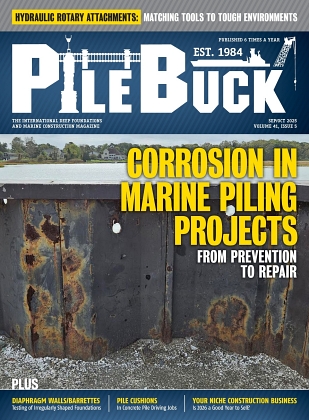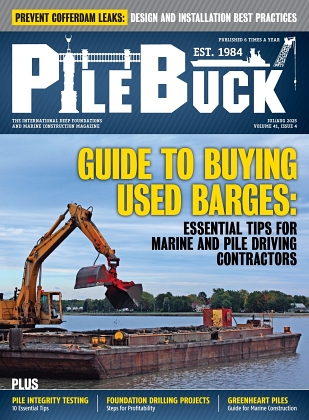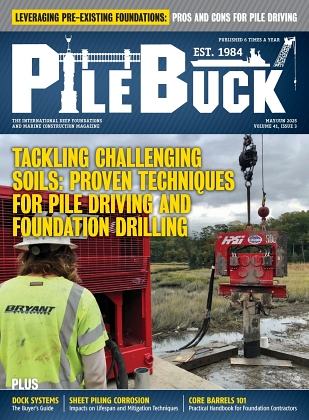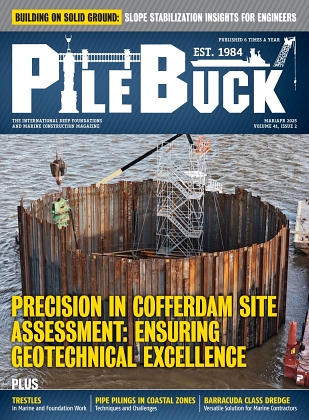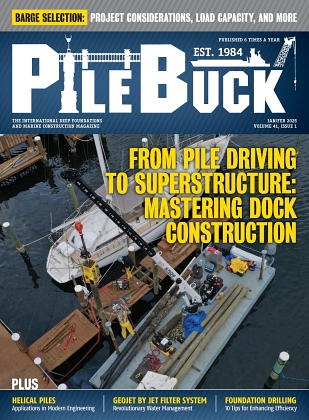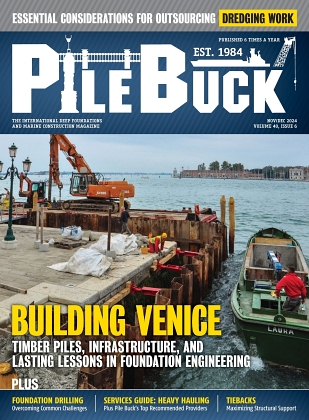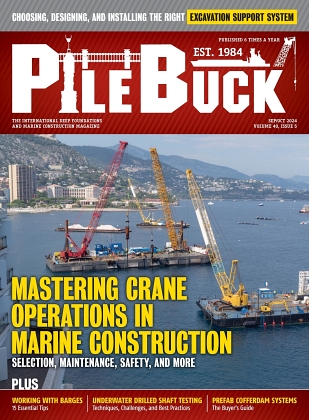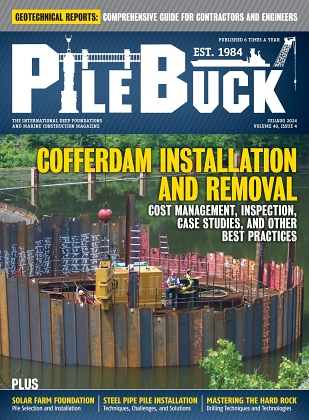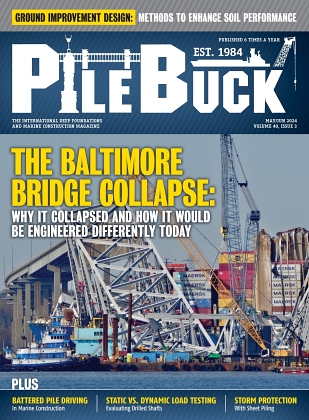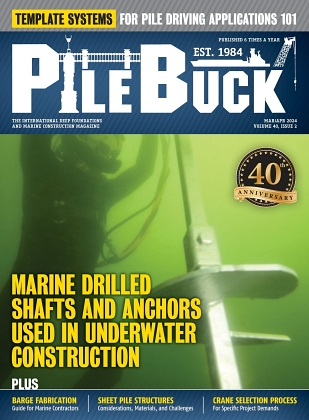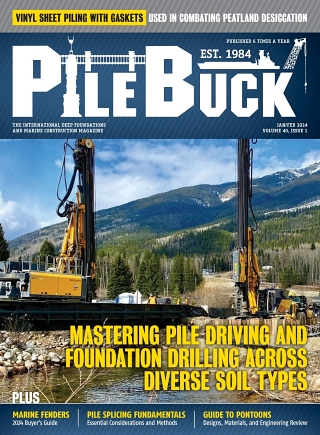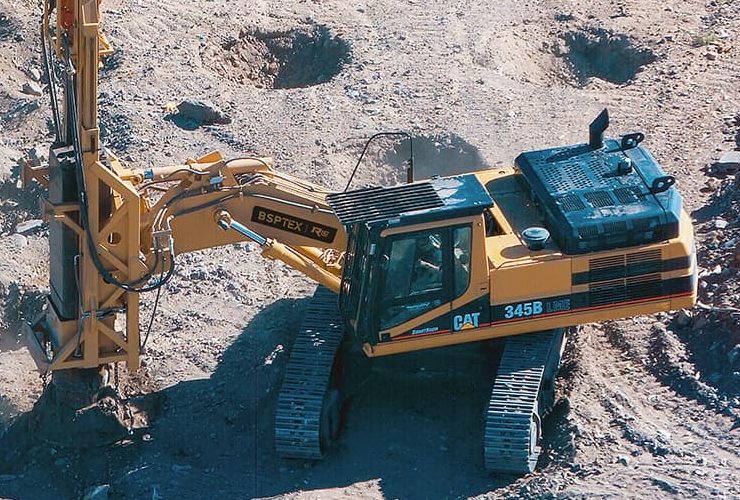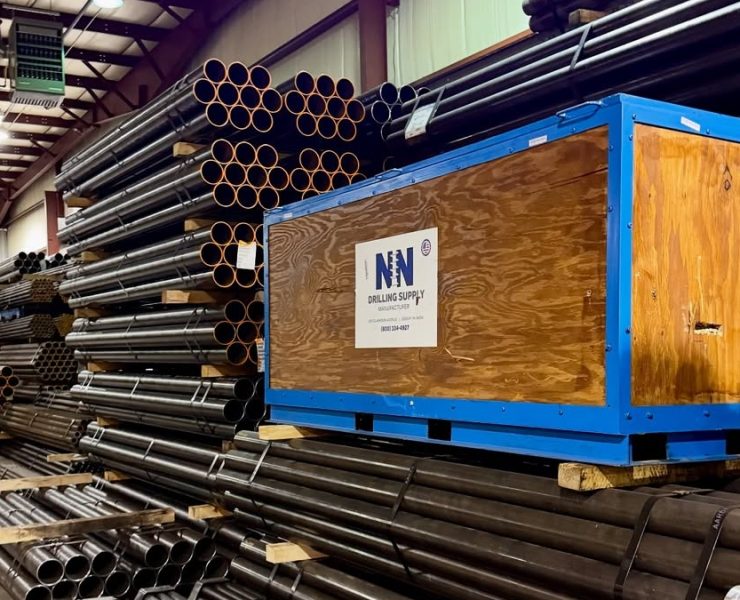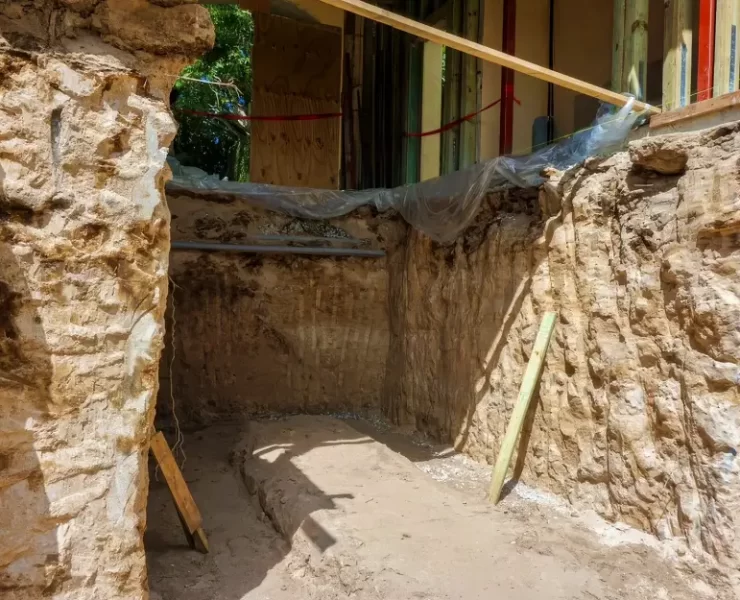10 Essential Tips for Pile Integrity Testing
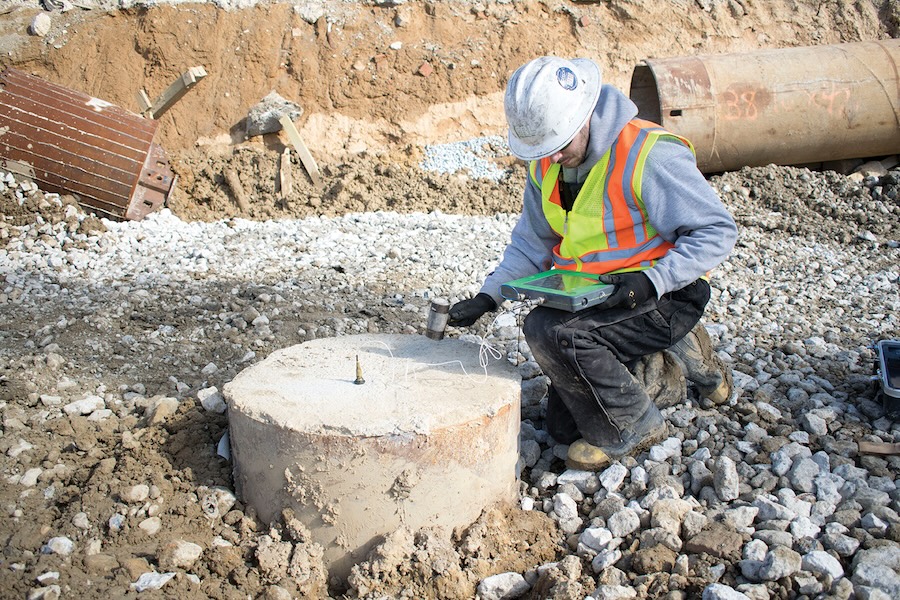

View the complete article here.
Pile integrity testing (PIT), also known as low strain impact integrity testing, is a vital non-destructive evaluation technique in geotechnical engineering for assessing the quality and continuity of deep foundations such as concrete piles, drilled shafts, or timber piles. It identifies potential defects like cracks, voids, necking, or soil inclusions that could affect structural performance. This guide presents a refined list of practical tips grounded in established industry practices.
1. Timing is critical for accurate results. Conduct the test no earlier than 7 days after pile casting or once the concrete reaches at least 75% of its design strength, whichever occurs first. This allows sufficient curing to avoid erroneous reflections from immature concrete.
2. Prepare the pile head thoroughly. Clean the pile head by removing loose concrete, soil, or debris. Grind the surface if necessary to expose solid concrete, and ensure it is dry and accessible (above water level). A well-prepared surface improves sensor attachment and impact quality.
3. Choose the right equipment setup. Employ a lightweight hand-held hammer (typically under 1 kg) with a plastic tip to produce low-strain impacts without damaging the pile. Secure an accelerometer or motion transducer to the pile head using Vaseline or putty. For larger piles (over 1 m in diameter), use a heavier hammer to achieve adequate signal penetration.
4. Execute impacts precisely. Apply strikes axially (perpendicular to the surface) within 300 mm of the sensor. For smaller piles (under 500 mm diameter), position the sensor at the center and perform multiple strikes (e.g., 10) around the head. On larger or inclined piles, align the sensor parallel to the pile axis and vary impact locations for comprehensive data capture.
5. Select the appropriate testing method. Use the Pulse Echo Method (with a non-instrumented hammer) for straightforward time-domain analysis or the Transient Response Method (with an instrumented hammer) for detailed frequency-domain insights. Both methods detect reflections from the pile toe or defects, with the latter suited for more complex scenarios.
7. Interpret results with care. Examine wave reflections in the time domain to locate the pile toe (a distinct peak in intact piles) or anomalies (early reflections signaling defects). Account for a typical wave speed of around 4,000 m/s in sound concrete. Absence of a toe reflection may indicate severe defects or signal loss in extended piles—prompting retesting or supplementary methods.
8. Account for limitations and site conditions. Recognize that PIT is less reliable for very long piles (over 30-40 m) due to signal attenuation or in high-impedance materials. Position sensors away from pile edges to minimize edge effects. In noisy environments, increase the number of impacts to boost the signal-to-noise ratio.
9. Follow industry standards. Comply with ASTM D5882 for low-strain impact integrity testing to maintain consistency and reliability. Compile results into a comprehensive report, including wave traces and interpretations, to support regulatory and engineering reviews.
10. Engage experts and test comprehensively. Due to PIT’s efficiency and low cost, test as many piles as practical—ideally all on critical projects. Involve geotechnical specialists early to tailor methods to soil conditions and pile types, mitigating risks proactively.
These tips, validated against authoritative standards and practices, empower you to integrate PIT seamlessly into your foundation assessments. Early defect detection optimizes costs and bolsters durability. You may also elevate your testing with PDI and GRL. PDI, the largest manufacturer of deep foundation testing solutions, offers the Pile Integrity Tester for precise pulse echo and transient response evaluations. GRL, with over 50 years of experience, provides expert low strain integrity testing for projects of all scales.
View the complete article here.
When should pile integrity testing be conducted after casting?
Test no earlier than 7 days after casting or once concrete reaches 75% of its design strength.
What is the purpose of pile integrity testing (PIT)?
PIT detects defects like cracks, voids, or soil inclusions to ensure pile quality and structural safety.

